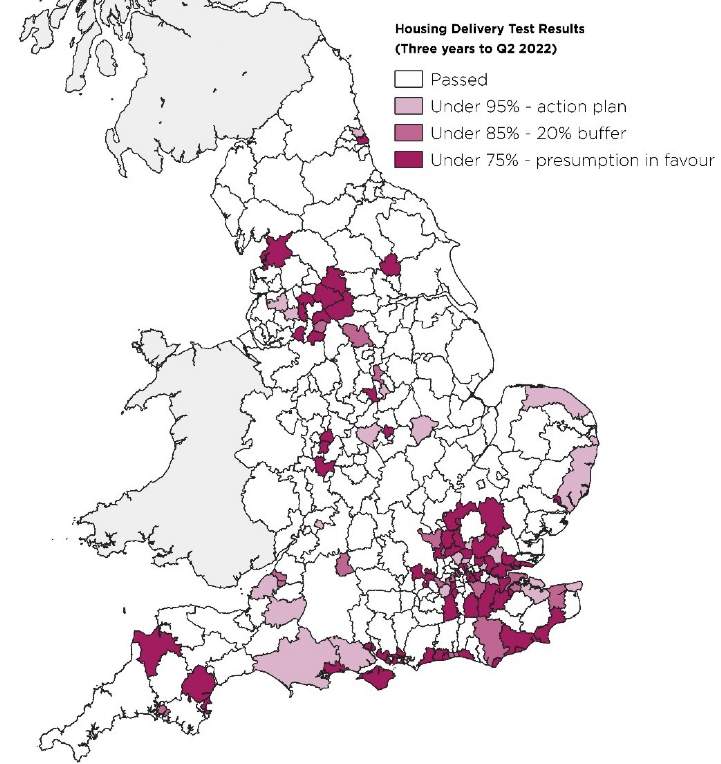Planning consents fall below 300k government target
Full consent was granted for 292,000 new homes in the year to Q2 2022, according to figures from Glenigan and HBF. That marks the first time since 2016 (not counting the depths of the pandemic in mid-2020) that the number of homes gaining planning consent over a twelve month period has fallen below the government target of 300,000 new homes per annum. This is critical as more than 300,000 consents are needed per year to ensure the delivery target is hit, due to attrition during development.
